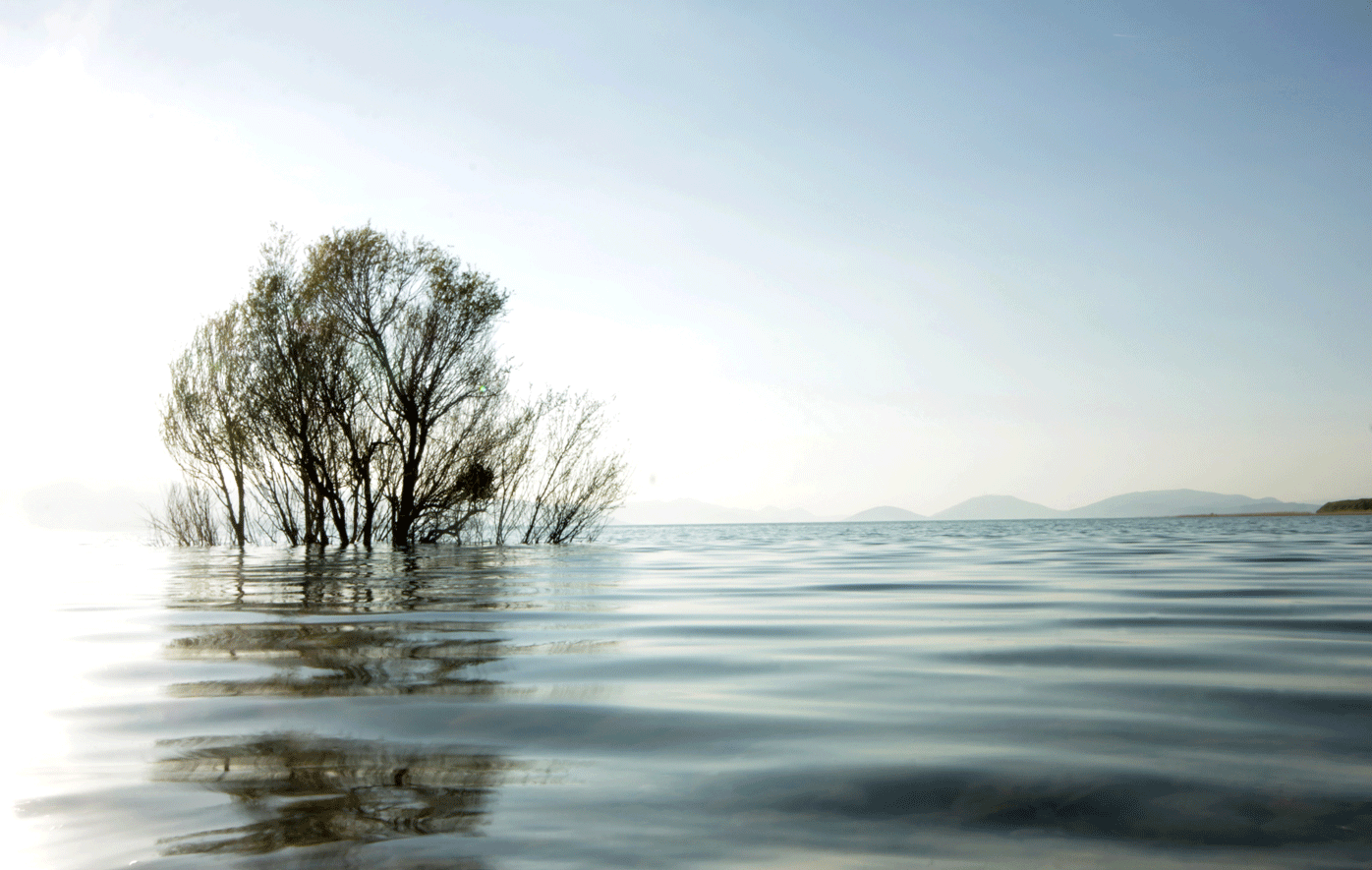In recent times, a topic that has made its way into the climate change conversation is global sea level rise. In this article, we will examine the changes in sea level that have occurred in recent decades, as well as their consequences for our environment and society. From the latest analysis and predictions for the future, we will shed light on the risks and challenges facing the coast and how we can prepare to protect our environment and communities.
- Global average sea level has risen 8-9 inches (21-24 centimeters) since 1880.
- In 2022, global mean sea level set a new record high – 101.2 mm (4 inches) above 1993 levels.
- The rate of global sea-level rise is accelerating: it has doubled from 0.06 inches (1.4 millimeters) per year during most of the twentieth century to 0.14 inches (3.6 millimeters) per year by 2006-2015.
- In many places along the US coastline, the rate of local sea-level rise is greater than the global average due to land processes such as erosion, oil and groundwater pumping, and subsidence.
- High tide floods are now 300% to more than 900% more frequent than they were 50 years ago.
Why sea level matters
- Sea level rise has an impact on urban infrastructure, including roads, bridges, water supplies, oil and gas wells, power plants, etc.
-Higher water levels push storms farther inland and cause more frequent tidal flooding.
-In the natural world, sea level rise causes stress on coastal ecosystems and affects fisheries and wildlife habitats.
What causes sea level rise?
Global warming has caused the melting of glaciers and the thermal expansion of sea water. This is evident in the melting of the ice in Antarctica and Greenland, which has accelerated significantly in recent decades.
Sea level rise is inevitable and depends on the rate of greenhouse gas emissions. Projections for sea level depend on many factors, including melting ice sheets and global warming.
Sea level is measured by tide and satellite elevation methods. Scientists also measure sea surface temperature and water mass transfer from land to ocean.
Sea level data comes from a variety of sources, including satellite tide gauge stations.
Sea levels are rising due to melting glaciers and global warming. This poses major challenges for the environment and coastal life. Forecasts and measurements point to a continuous increase, which requires immediate action to prevent serious consequences in the future.






